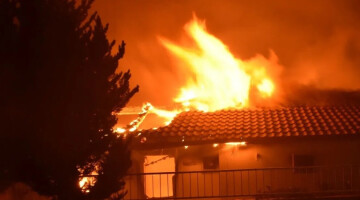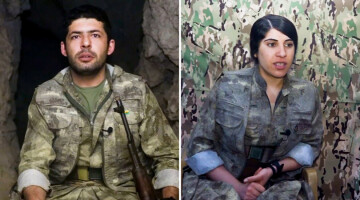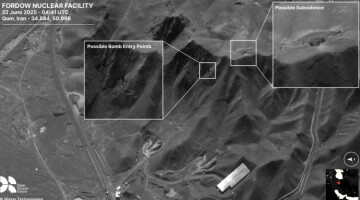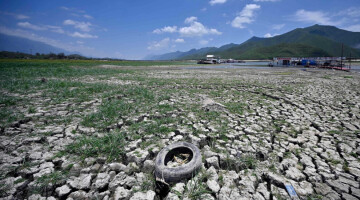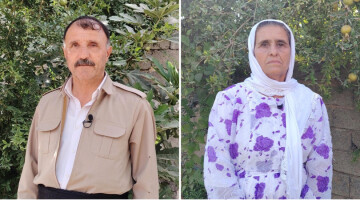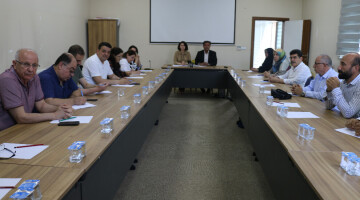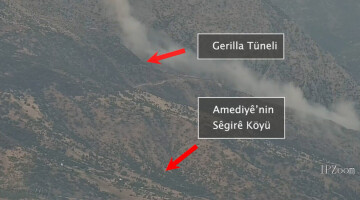The Press Center of the People's Defense Forces (HPG) has published the identities of three martyrs. Guerrilla commander Şoreş Ronî and guerrillas Tolhildan Hîzan and Serhildan Garzan were reportedly killed in an attack by the Turkish army in the northern Kurdish region of Garzan in November 2021.
The HPG paid tribute to them saying they were "selfless revolutionaries and bearers of hope for the Kurdish people, who represented the militancy of the PKK until the end."
The HPG expressed its condolences to the families of the fallen and the people of Kurdistan.
 Codename: Şoreş Ronî
Codename: Şoreş Ronî
First and last name: Erhan Mingsar
Place of birth: Qers
Names of mother and father: Zelihan – Ismet
Date and place of death: November 23, 2021, Garzan
 Codename: Tolhildan Hizan
Codename: Tolhildan Hizan
First and last name: Mahsum Yılmaz
Place of birth: Bedlis
Names of mother and father: Shehnaz – Abdulkerim
Date and place of death: November 23, 2021, Garzan
 Codename: Serhildan Garzan
Codename: Serhildan Garzan
First and last name: Vedat Aydın
Place of birth: Bedlis
Names of mother and father: Leman – Mehmet Emin
Date and place of death: November 23, 2021, Garzan
Şoreş Ronî
Şoreş Ronî was born in the province of Kars (Qers). He grew up in a village and in a family environment characterized by the Serhad culture. He left school without a qualification and did various jobs in his village to support his parents who were in poor financial situation. In order to increase this help, he migrated to Istanbul. Here he encountered social divisions such as discrimination due to his Kurdish origins as well as class contradictions and the exploitation of his labor.
In his search for answers to this, he came across the ideology of the Kurdish liberation movement and dealt intensively with the reality of the Turkish state. He saw life in the mountains as a way out of the system, which he first wanted to join in 2006. However, he initially had to postpone this plan because he was arrested while trying to join the guerrillas.
In 2009 he managed to make his way into the mountains in South Kurdistan.
Şoreş Ronî completed his basic guerrilla training in Xakurke, where he also learned all other practical and military skills. He then took part, among other things, in the Shemzînan offensive in 2012. With the advent of total war following the unilateral termination of the dialogue process between the Turkish government and the PKK in 2015, he moved to the Mahsum Korkmaz Academy to deepen the art of warfare at the command level.
He then went first to the Avaşîn region and later to the Zap, where he took part in the defense of Southern Kurdistan against a Turkish invasion on various fronts. Şoreş Ronî has been fighting in the Garzan region at his own request since 2017.
Tolhildan Hizan
Tolhildan Hîzan came from Bitlis (Bedlîs) and grew up in a patriotic family. The PKK was already known to him as a child, as Bitls is one of the regions in North Kurdistan where armed resistance to state oppression has always been particularly pronounced.
He attended school at a “YIBO”, i.e. state boarding schools in rural areas where school-age Kurdish children are assimilated under the guise of “lessons”. He encountered this reality relatively early and made efforts to evade this center of assimilation.
He left school and became active in the Revolutionary Youth of Kurdistan. The death of his cousin Ernesto Cîlo (Naif Altın), who died as a guerrilla fighter in Elkê (Beytüşşebap) in 2012, represented a turning point in Tolhildan Hîzan's work. He also wanted to go to the mountains.
After several unsuccessful attempts, he joined the guerrillas in Garzan in 2014. There he fought in various areas until his death.
Serhildan Garzan
Serhildan Garzan also came from Bitlis. He grew up in humble circumstances and became politicized in the Kurdish youth movement. After a few years, he no longer found it sufficient to advocate for the interests and rights of the Kurdish people on an activist level. He decided to join the guerrillas, which he did in Garzan in 2014.
He received his basic training and soon gained his first practical experience in combat. From 2015 onwards he was involved in almost all guerrilla actions and offensives throughout the region.
He also played a key role in the restructuring process of the combat units in North Kurdistan.

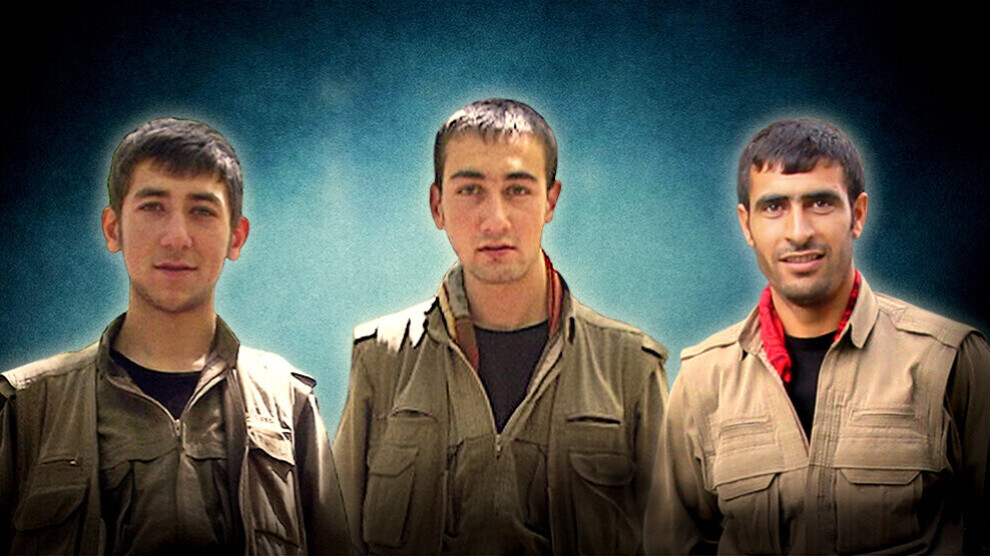
 Codename: Şoreş Ronî
Codename: Şoreş Ronî Codename: Tolhildan Hizan
Codename: Tolhildan Hizan Codename: Serhildan Garzan
Codename: Serhildan Garzan

